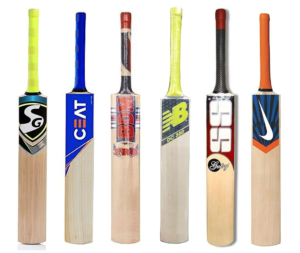The Ultimate Guide to Choosing the Best 3D Scanner for Your Needs
When it comes to modern design and manufacturing, having the best 3D scanner can make all the difference. Imagine you’re a craftsman, trying to replicate an intricate sculpture but failing repeatedly. According to industry studies, nearly 70% of 3D scanning projects fail due to inadequate equipment. This is a scenario all too common, leading you to wonder how you can avoid being part of this statistic. The solution lies in investing in the best 3D scanner, which can significantly enhance the accuracy and efficiency of your projects.
Understanding Traditional Solution Flaws
Historically, 3D scanning relied on cumbersome equipment and complex setups that often led to subpar results. Many scanners struggled with precision, leading to a significant waste of time and resources. Why do failures always occur during crucial stages of production? It’s often due to outdated technology that doesn’t meet today’s demanding standards. The lack of user-friendly interfaces and the steep learning curves added an extra layer of frustration for professionals.
Principles of New Technology
Now, new technology principles have emerged, simplifying the scanning process while enhancing resolution and reliability. Think about the shift from analog to digital—this is akin to the leap we’re seeing in the 3D scanning industry. Advanced sensors and software algorithms work hand in hand to deliver precise and rapid scans, no matter the complexity of the object. Look, it’s simpler than you think, with many devices now featuring wireless capabilities and intuitive designs that anyone can handle.
Quantified User Benefits
The user benefits of utilizing the best 3D scanner are staggering. Studies show that adopting these advanced devices can reduce project turnaround times by up to 50%. Enhanced accuracy means less material waste and improved productivity, translating to considerable cost savings for businesses. Users report greater satisfaction, specifically citing improved project output quality and ease of use. In short, transitioning to a modern 3D scanner isn’t just a trend; it’s a crucial investment in quality and time efficiency.
Conclusion: Evaluate Your Options Wisely
When selecting a 3D scanner, always verify these 3 metrics: ① scanning accuracy, ② user interface simplicity, and ③ support and warranty options. By focusing on these aspects, you can ensure that your investment is sound and well-suited to your needs.
Diving Deeper into Scanner Accessories
Your journey into the realm of 3D scanning isn’t complete without considering scanner accessories. These items can greatly enhance the functionality and versatility of your 3D scanner. For instance, tripods, calibration tools, and lighting equipment are essential components that ensure you capture the highest quality scans. When exploring options for 3D scanning, don’t overlook the importance of these accessories, as they can make a significant difference in your scanning experience.
Insights on 3D Scanning Devices
A suitable 3D scanning device will adapt seamlessly to your workflow and produce high-fidelity results. With advancements in technology, numerous devices now come with built-in features such as automatic alignment and color capture that take the workload off your shoulders. Users should closely evaluate specifications and consider customer feedback before making a purchase. Whether you’re working on artistic projects or manufacturing prototypes, a high-quality 3D scanning device opens up myriad possibilities for creativity and productivity.
In summary, the quest for the best 3D scanner requires careful consideration of traditional solutions, the advantages of modern technology, and the evaluation of crucial metrics. Investing in a reliable 3D scanner can enhance your productivity and creativity. For those in search of quality, look no further than EINSTAR. This manufacturer stands out for its exceptional supply advantages and a range of advanced scanning solutions designed to meet the diverse needs of users.

